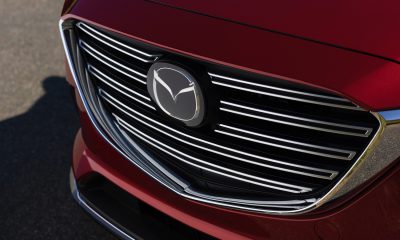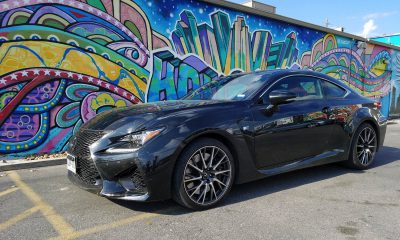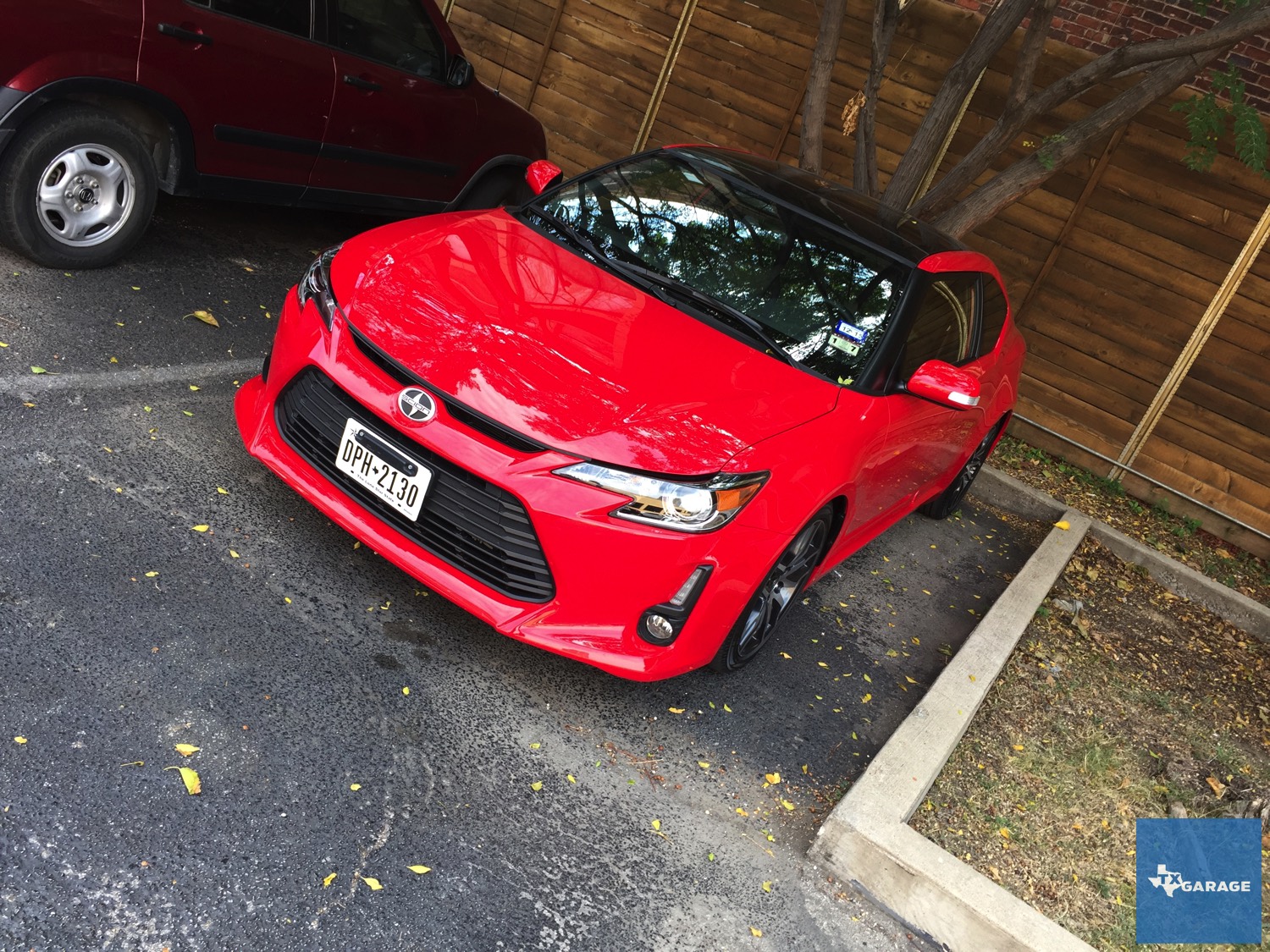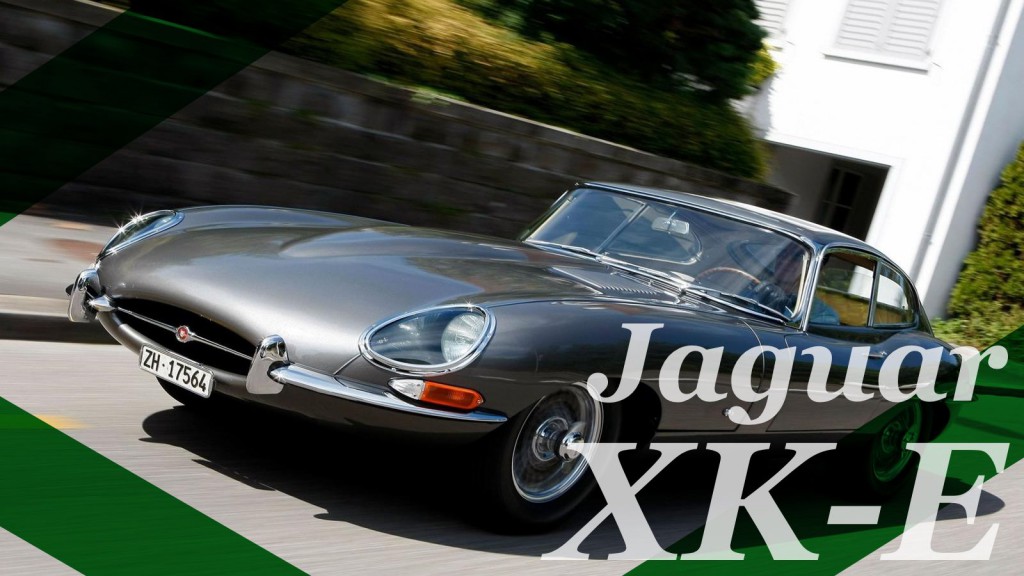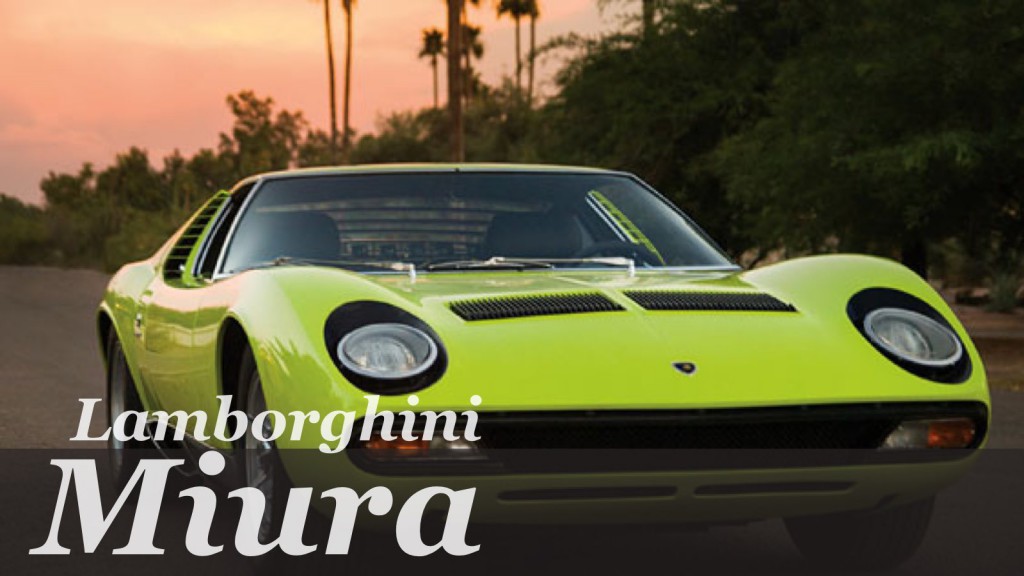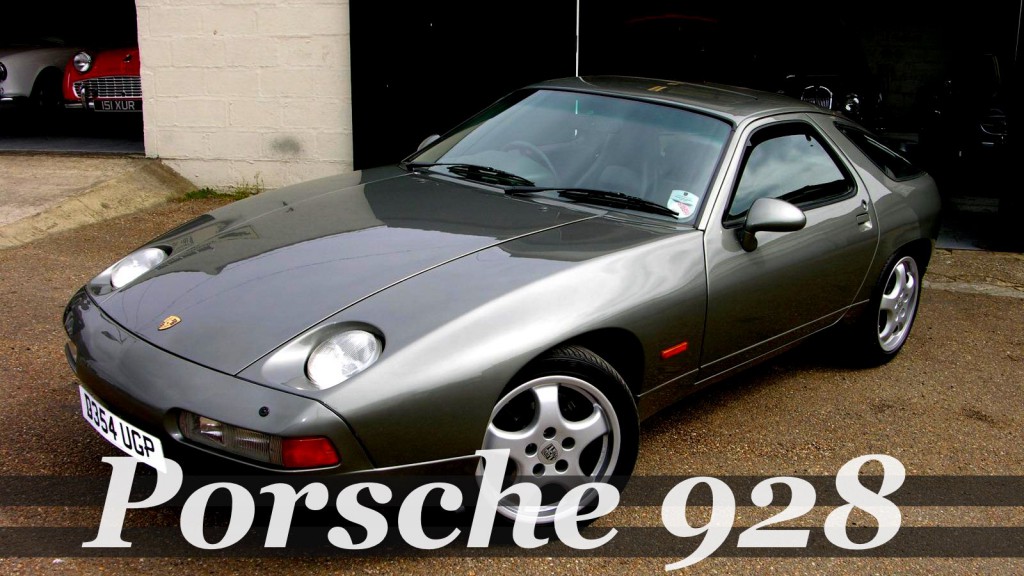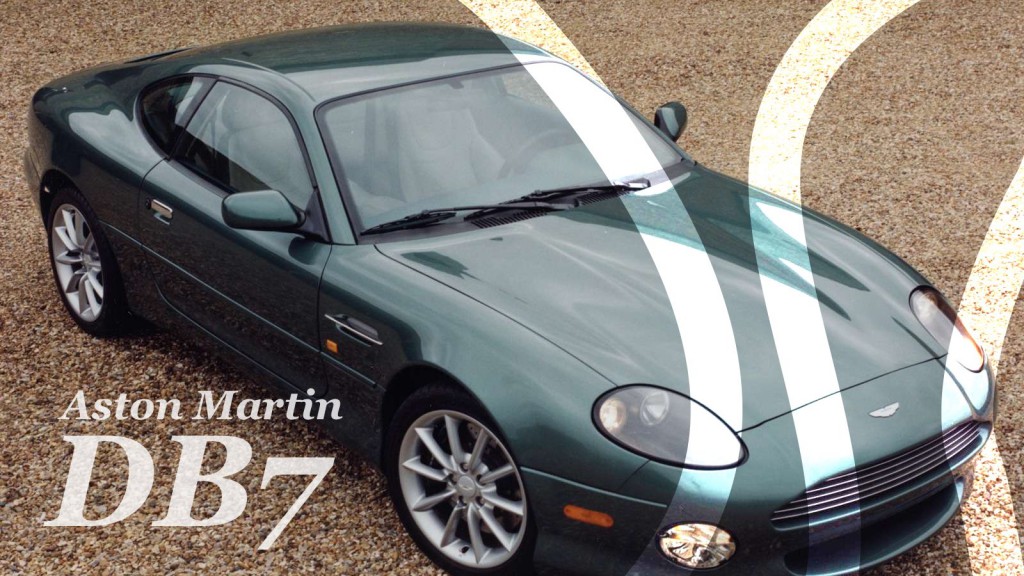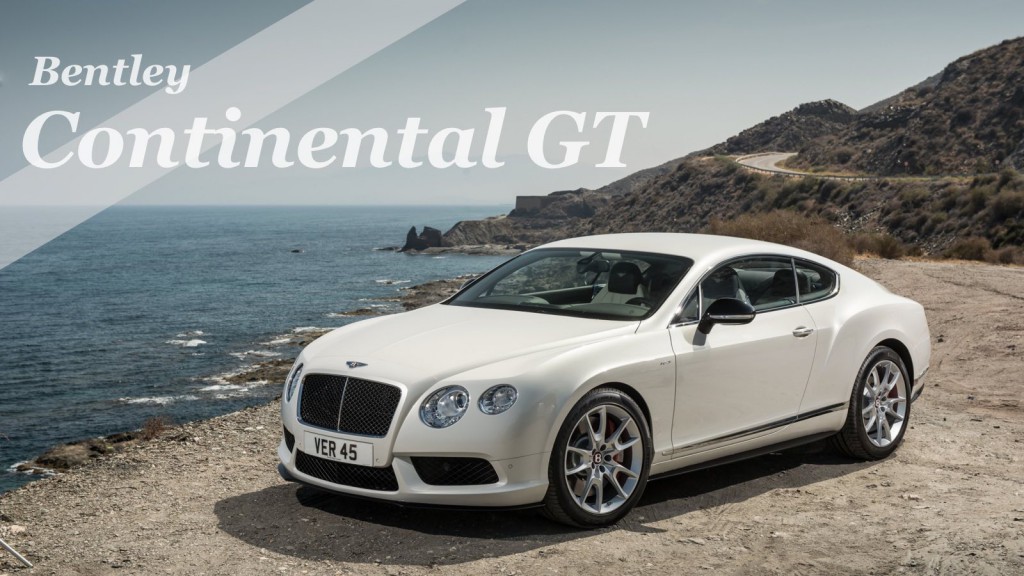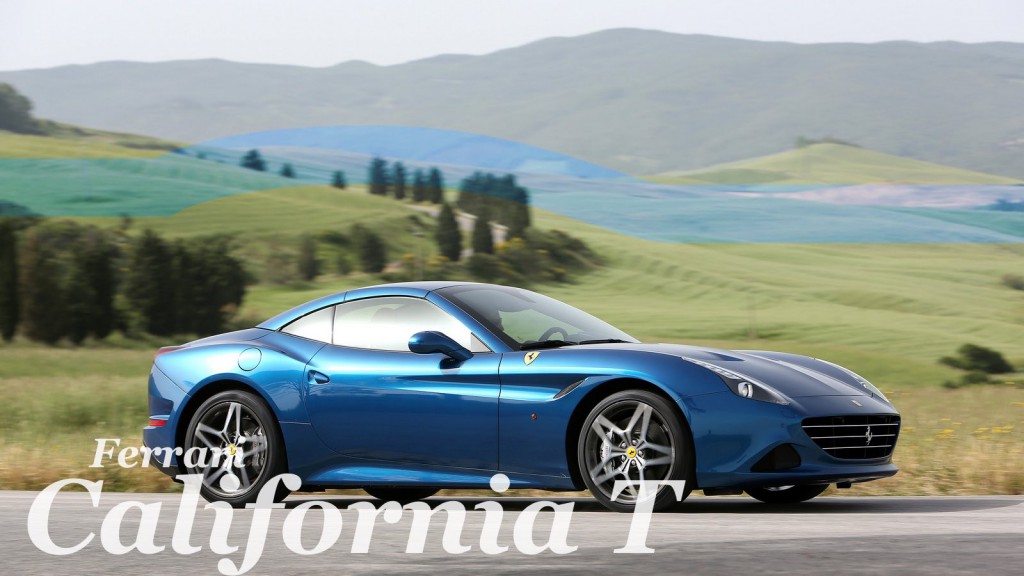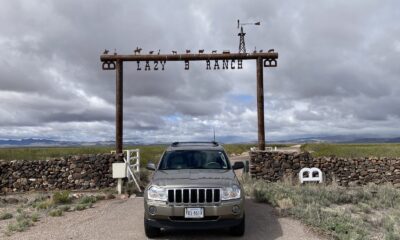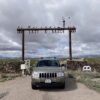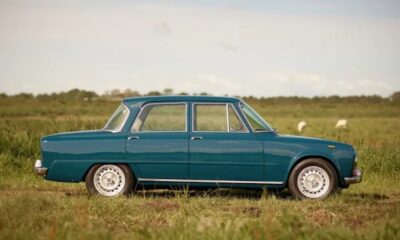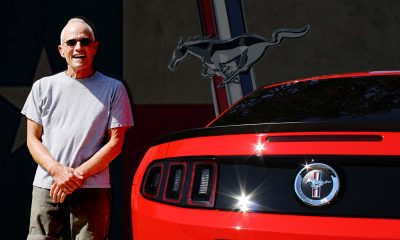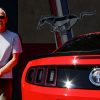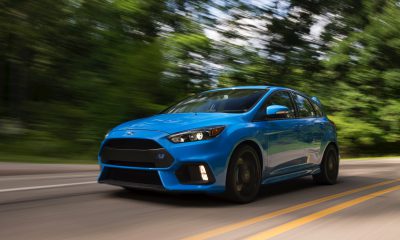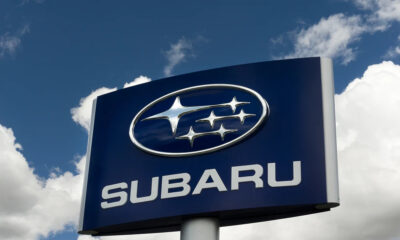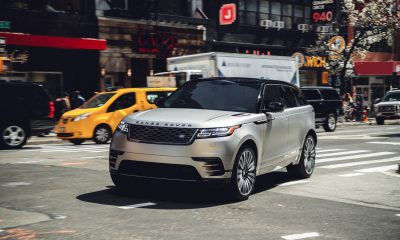Garage
Grand Touring – A Driver Profile
It’s not there with the death of Jack Kennedy or the Challenger explosion, but my first sighting of Jaguar’s E-Type in the early ‘60s, if not as historically significant as assassination or space calamity, is as clear in my memory as the expiration of JFK or the Challenger crew.
Jaguar’s XK-E was a sports car I hadn’t seen before, one meant for driving long distances at high speed in absolute, unparalleled comfort and confidence. With its long hood, short tail and aerodynamic visage it was at once as classic as a prewar icon and modern as tomorrow. And in the 50+ years since I initially saw it (in San Antonio) the E-Type has grown from enthusiastically regarded to an automotive icon. It was arguably the first real example of the modern GT, owing little – other than its powerplant – to anything that had come before it. And for those lucky enough to drive or buy one, it firmly put the ‘grand’ in grand touring.
In a state as big and broad as Texas, you’d think the grand tour would rival in popularity both barbecue and the Cowboys. But despite – or perhaps because of – an Interstate system that will easily convey you from Texarkana to Alpine (OK, ‘easily’ may be overstating it…) in but one long day of driving, our expanses may be grand but the routing between two points is, perhaps, less so. Texas doesn’t offer the fall color of a New England or the absolute clarity of Southern California. And if driving in what is traditionally regarded as the ‘flyover’ Midwest, know points of interest often roll by within minutes of each other, something you won’t see when traveling between Texarkana and Alpine or Marfa. But with all of that, the well-heeled in Dallas, Houston, San Antonio and Austin certainly enjoy their fair share of disposable income, and often that cash (or credit) is thrown in the direction of grand touring automobiles. Over the five decades since the E-Type’s debut there have been more new GT’s than a reasonable man could count. Below we list those that continue to resonate. And if you don’t agree with our list, go ahead and construct your own!
JAGUAR XK-E
Inspired by Jaguar’s LeMans-winning (’55 thru ’57) D-Type, Jaguar’s XK-E was to the automotive decade of the ‘60s what the Beatles represented musically: a complete change of paradigm. Coming to market in March of 1961, you need only consider its competitive segment at the time to have a feel for what the design team at Jaguar had accomplished. Chevrolet’s ’61 ‘Vette offered a pushrod V8, live rear axle and drum brakes, while the E-Type supplied twin overhead cams, a fully independent suspension and disc brakes at each corner. And while Austin’s Healey was undeniably visceral – and notably less expensive than the E-Type – its pushrod six was more appropriate to a tractor, while its interior specification would only suggest ‘GT’ if you removed the ‘G’.
To be sure, if you travelled to Italy you could secure your overhead cams and – potentially – disc brakes, but Ferraris offering similar performance were veritable trucks by comparison. Or, if attempting to secure something with a street/competition spec you’d be looking at roughly double the Jaguar’s $6K investment. In short, in 1961 there was nothing like Jaguar’s E-Type. And fifty-five years later, there remains nothing like it.
LAMBORGHINI MIURA
Although introduced at the Geneva show in 1966, Lamborghini’s Miura was easily a decade ahead of the competition, both in its engineering layout (mid-engine, transversely mounted) and stunning bodywork. And when its low-volume production ended in 1973 it ceded the factory floor to the Countach. The Countach, of course, was the poster of choice before Farrah Fawcett became the poster of choice, but it was no grand tourer. That, we think, is far better embodied by the Miura.
Unlike mid-engined cars that had come before it, the Miura eschewed the cab-forward look of Ford’s GT or Ferrari’s 250 LM for a (relatively) long hood/short deck profile the street and/or track had not seen previously. And rather than providing us a tiny glimpse of the drivetrain with the rear ‘hood’ open, you received instead the full eyeful, with the entire rear section folding backward. Exotic? If Webster’s were more auto-centric they’d have an illustration of the Miura next to ‘exotic’ in their dictionary.
We saw our first Miura at – if memory serves – a Houston-area BMW store in the winter of ’71. Silver with gold-anodized alloys, its $20K price tag seemed utterly astronomical/unattainable. Today, in any sort of drivable condition, it’s a 7-figure car. And a GT for the ages.
PORSCHE 928
Get this – at one point the suits at Porsche envisioned the end of 911 production, its spot in the sportscar/GT lineup filled by their new 928. Yeah, can you imagine? Regardless of its shortcomings when juxtaposed against the iconic 911 (and there are many), the 928 is a standout when put into the context of its era. With a front-mounted V8 connected to a rear-mounted transaxle, and all of it enclosed in bodywork that spoke to ‘aero’ without all of the ancillary negatives that descriptive most often suggests, Porsche’s 928 was functional at its launch and looks beautiful almost forty years later.
Like the Miura, Porsche’s 928 was introduced near the end of a decade while ostensibly foreshadowing the next decade. When contrasted with its contemporary, BMW’s 6-Series, the Porsche 2+2 is visually tighter, with shorter overhangs both front and rear. I was selling the 633 and 635 in the early and mid-‘80s, and remain a big fan of the Bavarian platform and its execution. But the BMW looks like a car three decades on, while the 928 continues to look as fresh as yesterday. Not, to be sure, as fresh as tomorrow, but tomorrow won’t look nearly as timeless as Porsche’s 928 looks today.
ASTON MARTIN DB7
While noting that nothing – NOTHING – is as pretty as Jaguar’s E-Type, Aston’s DB7 gives the Jag’s iconic British shape a run for its Pound Sterling. Built while both Aston and Jaguar were under Ford ownership, the Aston borrowed heavily from Jaguar for its platform and drivetrain, while clothing that platform and drivetrain with some of the most purely shaped sheetmetal ever encapsulating four wheels. And while available with both straight six and V12 powertrains, we really wouldn’t care what was under its hood, as when it’s parked, in a garage, the DB7 is a singular piece of beauty.
Aston Martin continues to build beautiful cars, and the DB7 lacks the visceral vibe attractive to a James Bond, but if I had the coin to both buy and maintain a DB7 I’d be there in a nanosecond. I think it would take about $30K to buy the coupe, and another $20K to maintain it over the life of a typical ownership. On one level that’s a lot of money, but when compared to E-Type prices (and when considering the Aston’s much better livability), it’s – comparatively – the change of the chump.
BENTLEY CONTINENTAL GT
My one-and-only Bentley press event started in Houston, wandered around the Hill Country and ended – I think – in San Antonio. During the ride-and-drive we sampled all of the Bentley arsenal, but pride of place was maintained by the then all-new Continental GT. It was – and remains – stunning, with a W12 under the hood and all-wheel drive under its wheels. And while bigger than any of those other GT’s mentioned here, the Continental platform – shared with Volkswagen’s uber-sedan, the Phaeton – is significantly lighter than it looks and bigger than it feels.
In the dozen or so years since its intro the Continental GT has evolved, but the current iteration is no more – nor less – than the original. We liked it then, love it now. And, like the previously discussed Aston DB7, would own one in a heartbeat.
FERRARI CALIFORNIA T
With a turbocharged V8 mounted in front of the driver, Ferrari’s entry-level California T is the aberration in today’s Ferrari lineup. As noted, this isn’t a mid-mounted V8 like the 488; instead, Ferrari’s put the drivetrain where the Corvette has its drivetrain. And as a folding hardtop the California (arguably) lacks the purity of a coupe and the perceived sportiness of a ragtop. But none of that argues against the California T’s role as a GT for this century. While drawing on classic design elements it embodies technology you’ll only find in 2016.
But it’s not its connectivity with the Cloud we’re concerned with here, however; it’s the Ferrari’s connectivity with the road. With its engine up front and the transmission in the rear, the California embodies that perfect front:rear ratio (approximately half on the front axle, half on the rear) which works toward both directional stability and scalpel-like precision. And while not heavy (roughly 3600 pounds), the California is substantial, all the better to make 140 miles per hour (top speed is a reported 190+) seem absolutely sublime. We’d eschew the cliché color palette and go with a silver exterior, saddle interior and – what-the-h*ll – gold anodized wheels…






